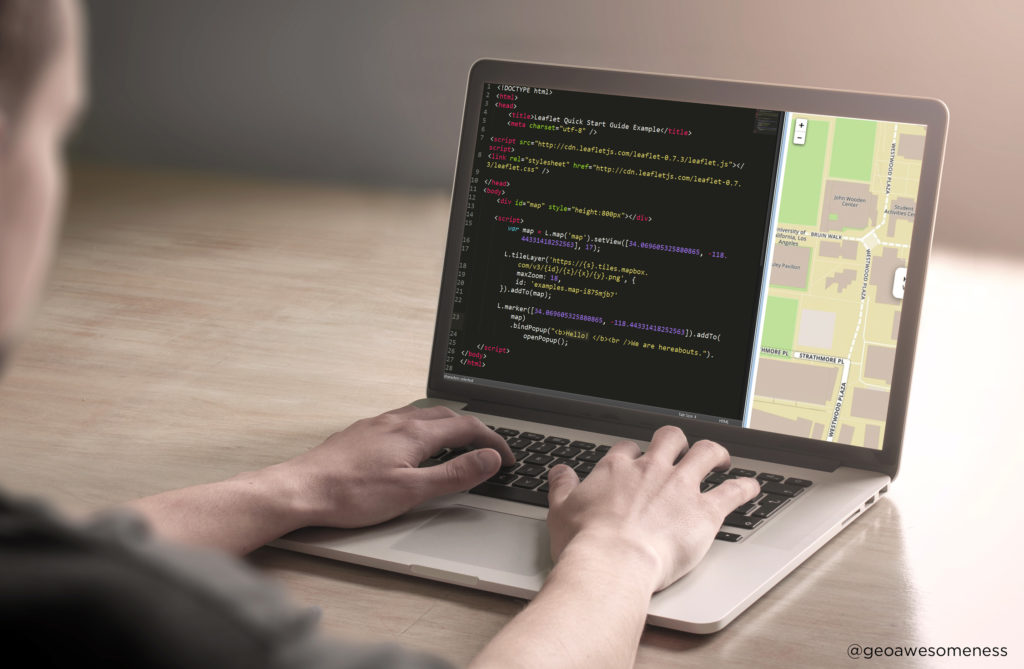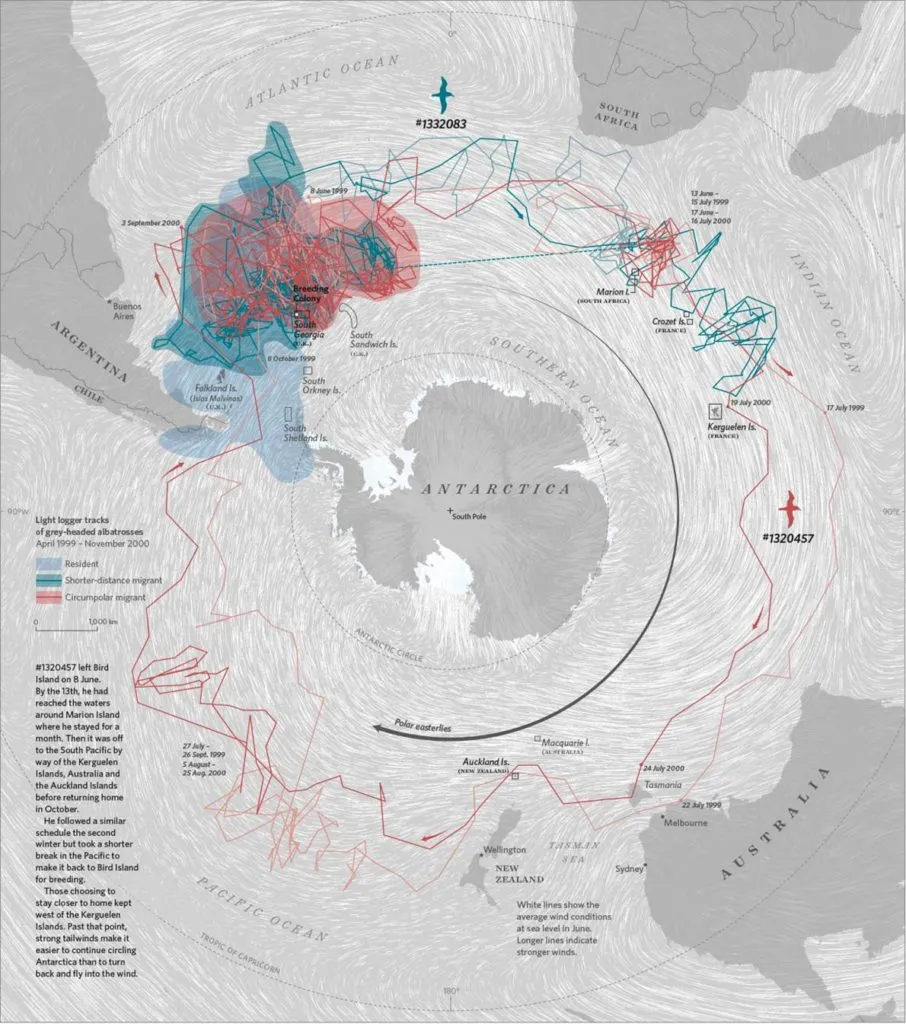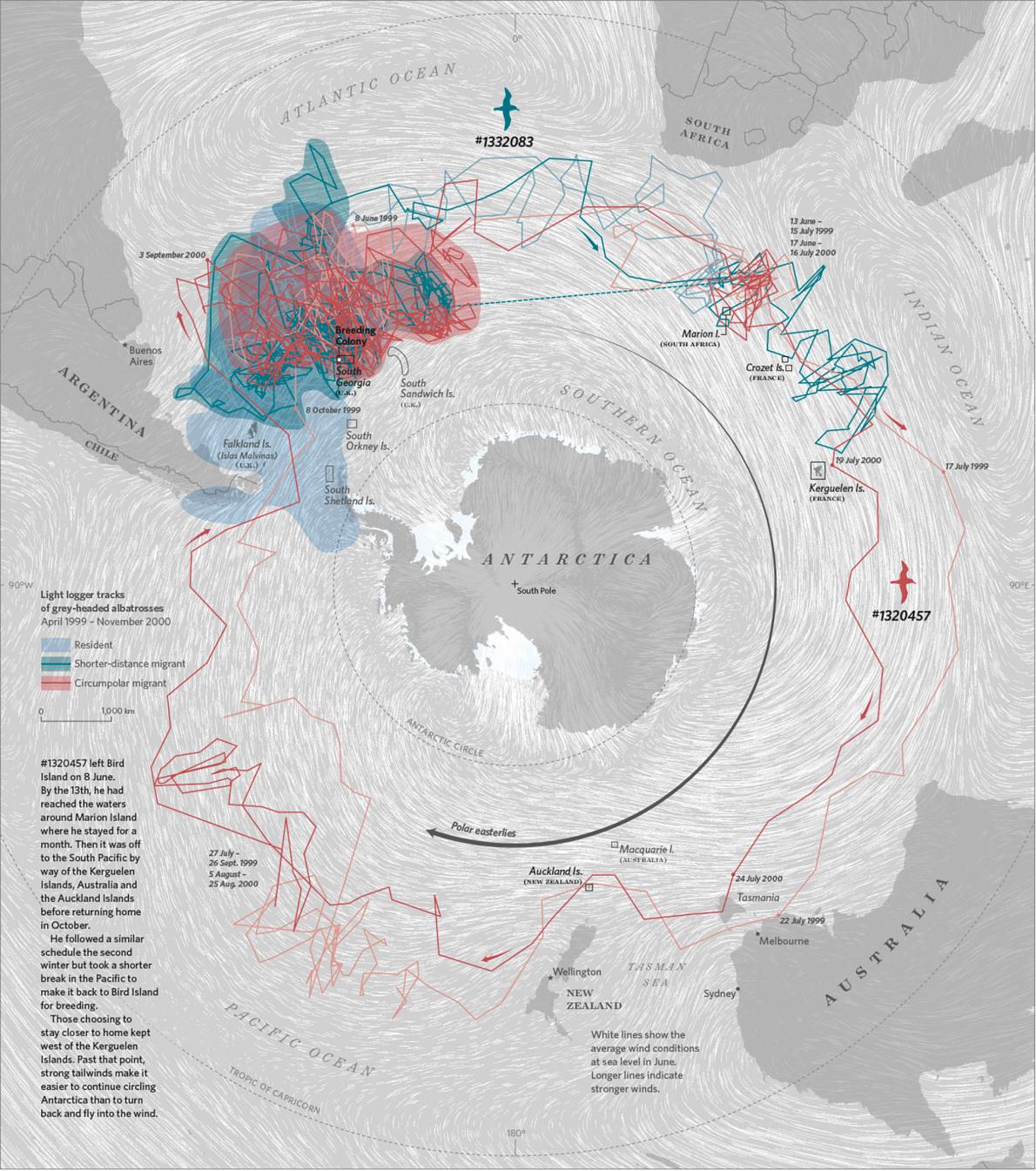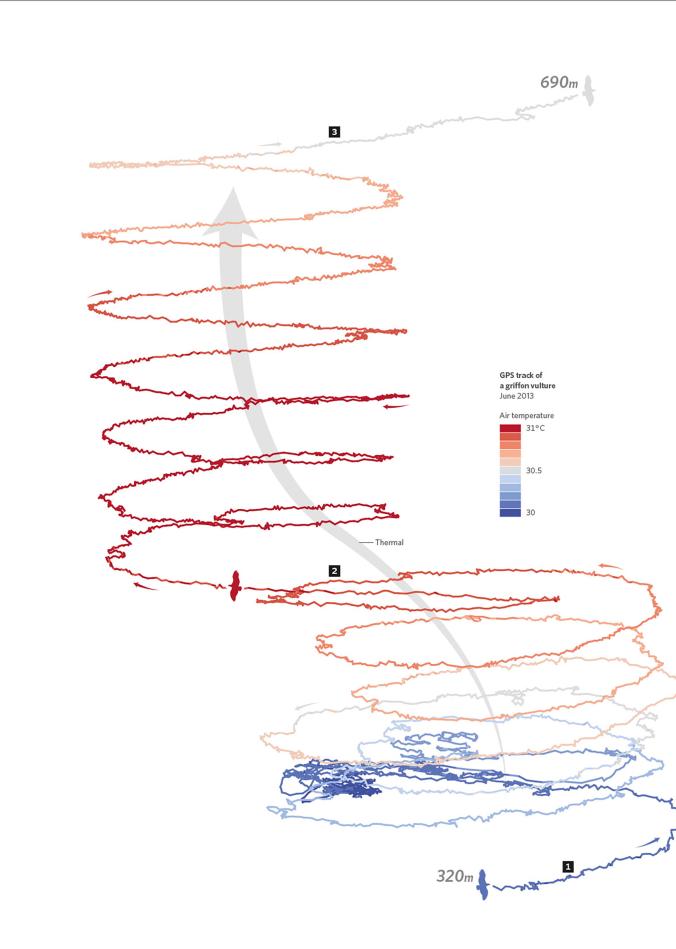
#GeoDev
In this video tutorial you will learn step by step how to code your first web map in Leaflet
Coding web maps becomes one of the key skills to land a good job in the geo industry. With the large variety of different libraries and APIs it’s actually much easier than you might think. We’ve partnered with Kuba Konczyk – author of awesome online webinars on web maps coding and we’re bringing to you a series of entry level tutorials so that you will finally develop new skills in that area.
This is a second tutorial of the series. The first one was a high level introduction to web development. This time you will go one step further and build your first web mapping application step by step.
Here you’ll find all the extra materials needed for the class.


#GeoDev
#Environment
#GeoDev
#Insights
17 Ways Geospatial Technologies Power the UN Sustainable Development Goals
#Environment
#GeoDev
#Science
#Space
A Beginner’s Guide to Remote Sensing Imagery










